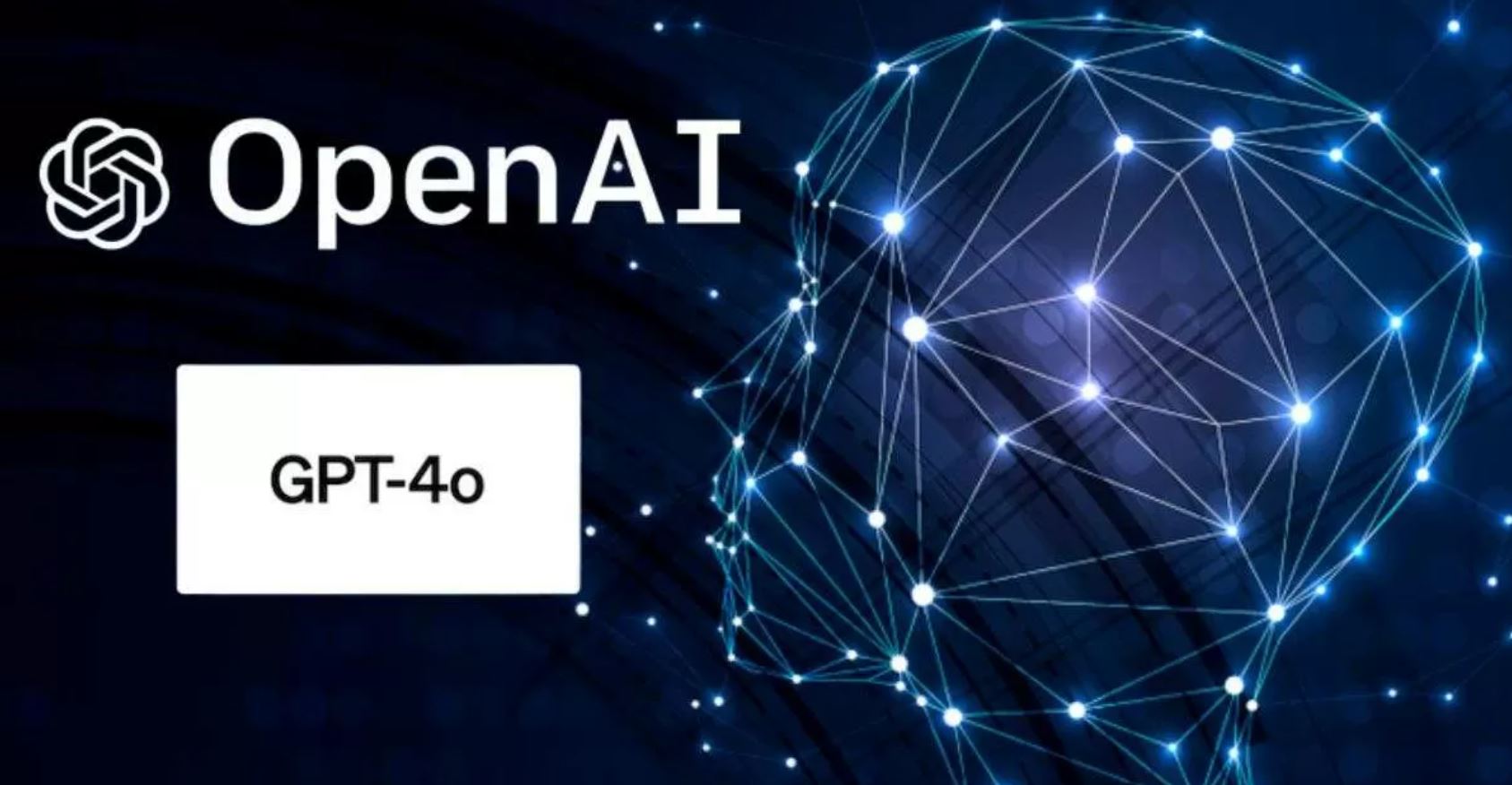 OpenAI is making a significant shift by phasing out GPT-4 from ChatGPT. If you’re wondering why, let’s dive into the details. By April 30, GPT-4 will be completely replaced by GPT-4o, which is already the default model in ChatGPT applications. But don’t worry—GPT-4 isn’t disappearing entirely. You’ll still be able to access it through OpenAI’s API.
OpenAI is making a significant shift by phasing out GPT-4 from ChatGPT. If you’re wondering why, let’s dive into the details. By April 30, GPT-4 will be completely replaced by GPT-4o, which is already the default model in ChatGPT applications. But don’t worry—GPT-4 isn’t disappearing entirely. You’ll still be able to access it through OpenAI’s API.
So, why the change? OpenAI assures us that GPT-4o is a powerhouse, outperforming GPT-4 in writing, coding, and STEM subjects. Recent upgrades have enhanced GPT-4o’s ability to follow instructions and solve problems. It’s also better at having natural conversations, making it a fitting successor to GPT-4.
Let’s take a quick look back. GPT-4 was launched in March 2023 and was integrated into ChatGPT and Microsoft’s Copilot chatbot. It was a trailblazer with its multimodal capabilities, understanding both images and text. However, it came with a hefty price tag—over $100 million for training, according to OpenAI’s CEO, Sam Altman. Later, in November 2023, GPT-4 Turbo emerged as a faster and more cost-effective option.
Another factor in GPT-4’s retirement is the ongoing copyright issues. Some publishers, like The New York Times, have accused OpenAI of using their data without consent. OpenAI, however, argues that this falls under fair use.
Looking to the future, OpenAI has exciting plans. Reports from Tibor Blaho, a reverse engineer, suggest a new lineup of models under the GPT-4.1 label is on the horizon. This includes GPT-4.1-mini, GPT-4.1-nano, and more. Plus, there’s talk of a new o3 reasoning model and an o4-mini reasoning model in development.
Change can be challenging, but it’s also an opportunity for innovation. OpenAI’s transition to GPT-4o signals a commitment to improving AI capabilities, and it’s something we can all look forward to exploring.








